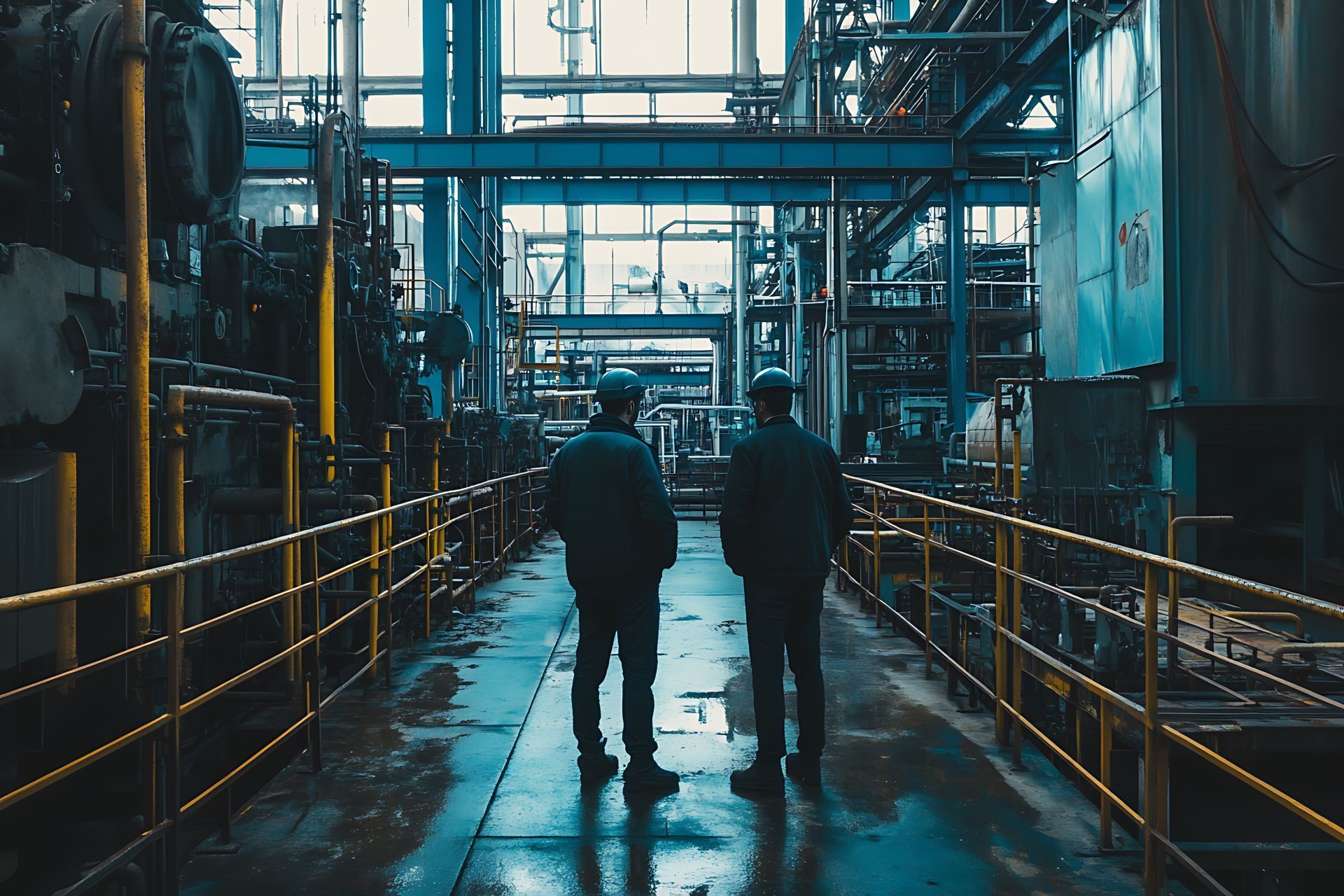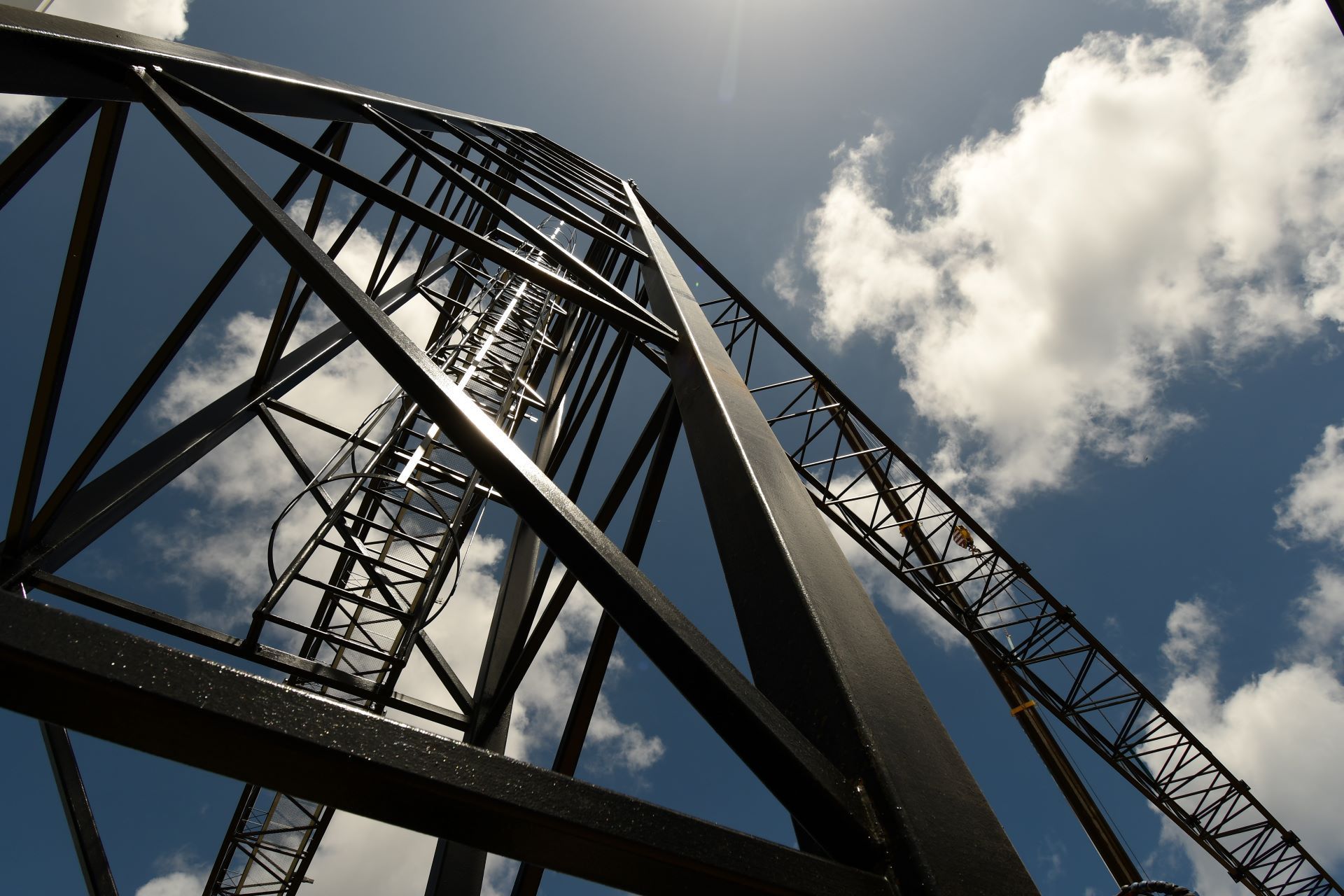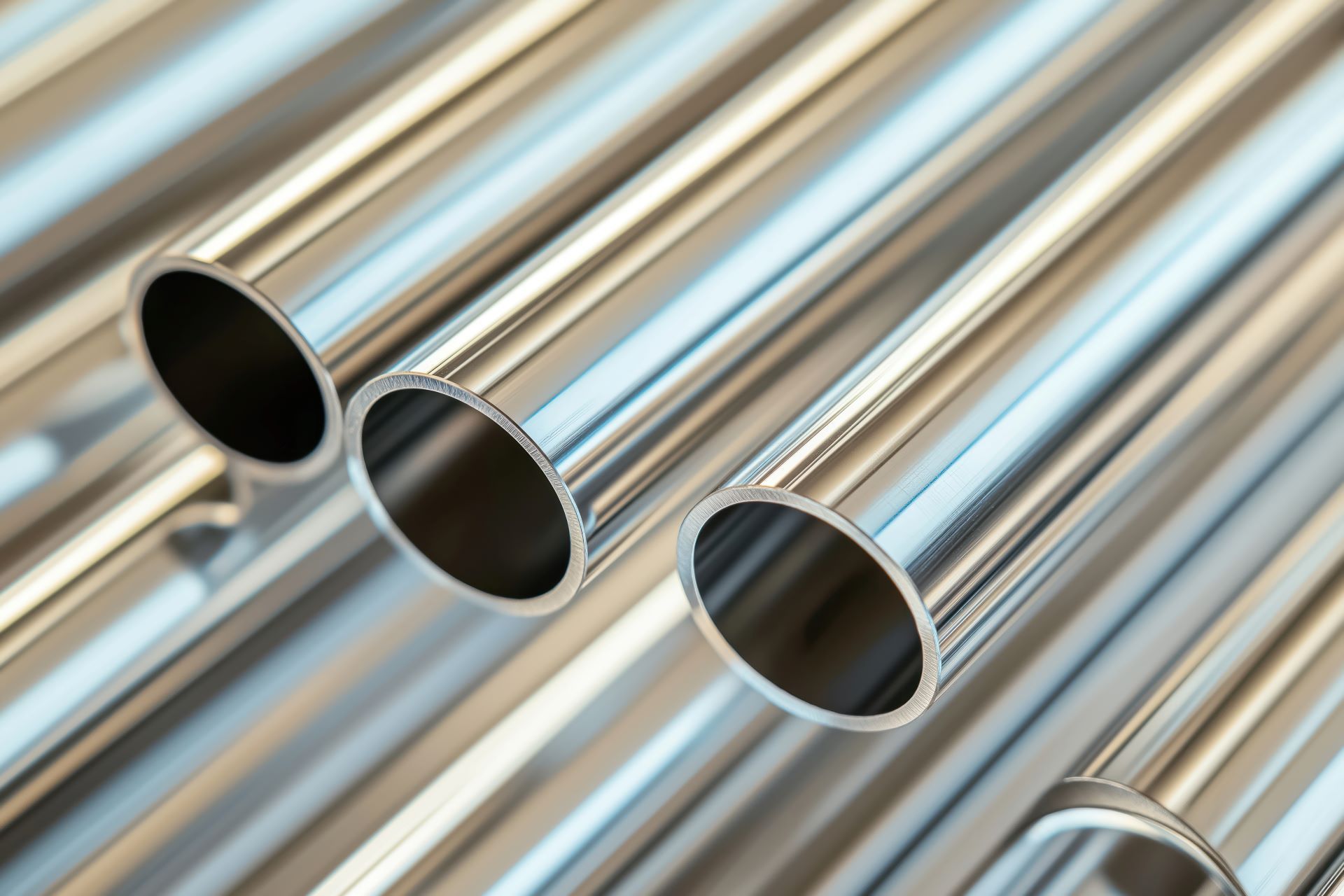Pickling vs. Passivation: How Each Process Improves Stainless Steel Corrosion Resistance
Stainless steel is widely known for its corrosion resistance, strength, and long-term durability. But after cutting, welding, or fabrication, even stainless surfaces can become vulnerable to rust, scaling, or discoloration. To restore and protect the material’s integrity, two post-fabrication cleaning processes are commonly used: pickling and passivation.
Though they’re often mentioned together, these processes serve different purposes and selecting the right one matters. For industries such as food processing, pharmaceuticals, and chemical manufacturing, ensuring that stainless steel is treated correctly isn’t optional. It’s part of maintaining safety, compliance, and performance.
At Action Stainless, both pickling and passivation services are available in-house, giving fabricators and OEMs complete control over surface preparation, corrosion protection, and quality assurance. This guide breaks down the key differences between the two, when to use each, and how Action Stainless supports these finishing needs without outsourcing.
Why Stainless Steel Needs Surface Treatment
Despite its name, stainless steel isn’t fully immune to corrosion. It resists rust because of its protective chromium oxide layer, which forms naturally when the metal is exposed to oxygen. However, during fabrication processes like:
- Cutting
- Welding
- Grinding
- Forming
- Heat treating
...that protective layer can be disrupted. Surfaces can become contaminated with iron particles, oxides, or scaling. Welds may develop heat tint or discoloration. These conditions can compromise corrosion resistance and create initiation points for rust, even in grades like 304 or 316.
To restore full corrosion resistance and ensure the material meets sanitary or industry-specific standards, surface cleaning is essential. That’s where pickling and passivation come in.
What Is Pickling?
Pickling is a chemical process that removes weld scale, heat tint, oxides, and surface impurities from stainless steel. It involves immersing or brushing the material with an acid solution typically a mix of nitric acid and hydrofluoric acid which aggressively removes the top layer of the metal, including any contaminants.
This is considered a more aggressive cleaning method, ideal for surfaces that have been heavily oxidized or heat-affected, such as post-weld zones.
Key Characteristics of Pickling:
- Removes both free iron and metal oxides
- Restores uniform finish after welding or heating
- Leaves a clean, matte surface
- Can alter dimensional tolerance slightly due to material removal
Pickling is often followed by a passivation step to restore the chromium oxide layer.
What Is Passivation?
Passivation is a milder chemical process that enhances stainless steel’s corrosion resistance by restoring and reinforcing the chromium oxide layer on its surface. It does not remove visible scale or discoloration, but it does eliminate free iron particles introduced during fabrication.
Passivation typically uses a nitric or citric acid bath without hydrofluoric acid. It is commonly applied to machined, polished, or lightly fabricated parts where oxide scale is minimal or non-existent.
Key Characteristics of Passivation:
- Does not remove metal or oxides
- Targets only surface iron contamination
- Ideal for polished or pre-cleaned parts
- Leaves surface appearance unchanged
Passivation is essential when stainless components are used in environments that require consistent, high corrosion resistance without post-weld cleaning.
Facing Types and Pressure Classes
| Feature | Pickling | Passivation |
|---|---|---|
| Chemical Strength | Strong (Nitric + Hydrofluoric Acid) | Milder (Nitric or Citric Acid) |
| Removes Oxides/Scale | Yes | No |
| Removes Free Iron | Yes | Yes |
| Surface Appearance | Changes finish (matte surface) | Unchanged appearance |
| Ideal For | Welds, heat-tinted areas, oxidized zones | Machined, polished, or lightly handled parts |
| Common Use Cases | Tanks, piping, weld assemblies | Valves, fittings, sanitary tubing |
| In-House at Action Stainless | Yes | Yes |
When to Use Pickling
Pickling is the go-to solution when the stainless surface has undergone:
- Welding that produces heat tint
- High-temperature forming or forging
- Heavy oxidation from heat or environment
- Discoloration or scale from annealing
It’s often used on larger assemblies, tanks, or piping systems where heat treatment has altered the surface layer. Pickling helps restore uniform appearance and ensure corrosion protection across welded joints.
Fabricators in
chemical processing, wastewater treatment,
and industrial tanks frequently use pickling for full material restoration after fabrication.
When to Use Passivation
Passivation is ideal for precision-machined, polished, or formed stainless components that haven’t been subjected to heavy oxidation. These may include:
- Sanitary tubing
- Fittings and valves
- Pump components
- Food processing hardware
- Pharmaceutical-grade equipment
In these settings, the goal is to eliminate residual free iron from surface handling or machining without changing surface dimensions, finish, or appearance.
Standards and Compliance
Surface finishing is not just about corrosion protection, it also ties into industry standards and regulatory compliance. Depending on the sector, stainless components may need to meet:
- ASTM A967 / A380 – Standard practices for cleaning, descaling, and passivating stainless
- 3-A Sanitary Standards – Required for food and beverage equipment
- FDA requirements – Surface must be smooth, corrosion-resistant, and non-shedding
- US Pharmacopeia (USP Class VI) – For medical and pharmaceutical contact parts
- ASME BPE standards – Bioprocessing equipment surface prep
Action Stainless supports compliance by offering
full traceability, MTRs, and in-house pickling/passivation aligned with these standards.
How Action Stainless Handles Surface Finishing
Unlike many distributors, Action Stainless performs pickling and passivation in-house. This keeps your material flow efficient, eliminates third-party delays, and ensures consistency in finish and documentation.
Our process includes:
- Pre-cleaning to remove debris or oil
- Selection of pickling or passivation based on material condition
- Post-treatment rinse and neutralization
- Inspection of surface cleanliness and corrosion readiness
- Packaging and delivery to avoid recontamination
Because the entire process is internal, Action Stainless can meet tight deadlines while ensuring materials arrive ready for sanitary or corrosive service.
Surface Preparation Considerations
Before applying either process, material condition must be assessed. Key considerations include:
- Was the material welded or heated?
- Is there visible discoloration or oxide scale?
- Has the material been machined or ground?
- Is the final application sanitary or structural?
- What level of finish is required (No. 2B, No. 4, electropolished)?
Our team helps you determine the best approach based on these inputs. For example, if stainless pipe has been TIG welded and pickled, a follow-up passivation step may further enhance corrosion resistance.
Common Industries Using Pickling and Passivation
These finishing services are critical in sectors where corrosion resistance and hygienic compliance are non-negotiable:
- Food Processing: Mixing tanks, piping, and enclosures must be free of iron contamination or weld oxidation.
- Pharmaceutical: Bioreactors, pumps, and tubing require surfaces that won’t shed particles or corrode over time.
- Chemical Handling: Equipment must resist chlorides, acids, and solvents long-term.
- Water Treatment: Welded tanks and frames are exposed to constant moisture and bacterial activity.
- Aerospace & Defense: Precision fittings demand clean, oxide-free stainless with high reliability.
Action Stainless supports all these industries with precision-treated material and documentation support.
Why In-House Processing Matters
Many suppliers outsource their surface finishing. This leads to:
- Unpredictable lead times
- Potential re-contamination during transit
- Risk of mismatch between mill finish and treated surface
- Lost traceability or incomplete certification
At Action Stainless, we maintain control of the process from inventory through finishing. This allows for fast turnaround, complete consistency, and easy tracking on every job.
Our stainless pipe, plate, tube, and fittings can all be supplied pre-treated ready for welding, installation, or inspection.
Conclusion: The Right Surface Treatment Makes the Difference
Whether you're supplying tanks for a chemical facility or installing tubing in a food processing plant, corrosion protection is non-negotiable. Pickling removes oxides and discoloration after heat-based fabrication, while passivation restores the protective chromium layer to maximize corrosion resistance.
At Action Stainless, we make it easy to choose the right process. Our in-house capabilities ensure materials are processed, tested, and delivered to your exact standards without outsourcing or delays.
From raw stainless to final prep, your materials are handled with care, precision, and compliance in mind.






